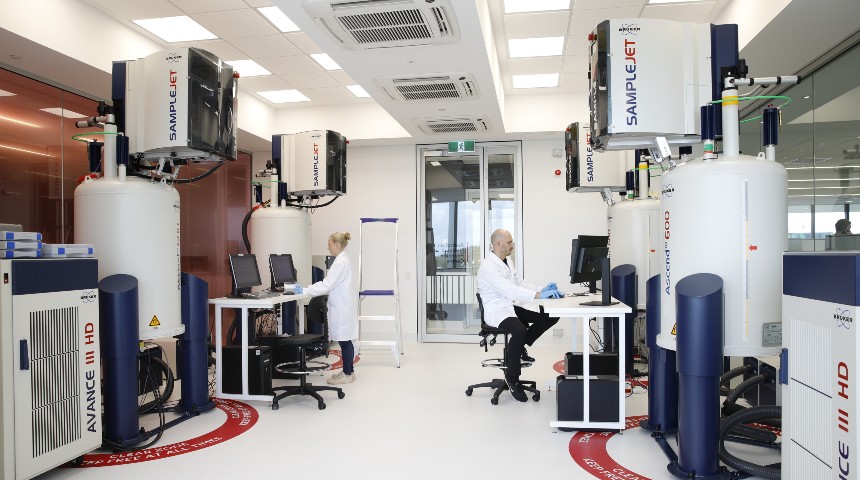
Scientists from the Australian National Phenome Centre have identified new biomarkers that tell us exactly how Long COVID is progressing in individuals to inform the possible mitigation of long-term symptoms.
New research from Murdoch University’s Australian National Phenome Centre (ANPC) has developed an important framework for assessing the range and length of illnesses caused by COVID-19.“We have developed a framework for assessing post-acute COVID-19 syndrome – or Long COVID – which is a major long-term health consequence for many patients,” explained Professor Jeremy Nicholson, Director of the ANPC.
“We now have a range of new biomarkers that can be monitored during the acute disease phase and beyond to ascertain exactly how the disease is progressing.”
New COVID-19 variants with higher receptor binding and higher infectivity, like the Delta strain currently gripping the east coast of Australia, are taking advantage of gaps in our bodies defences to drive new outbreaks.
These new variants have highlighted that there are still major gaps in our understanding of the disease process and the highly complex systemic dysfunction that leads to persistent symptoms and long-term damage.”
Scientists at the ANPC have identified new diagnostic molecular biomarkers that tell if someone has the disease, without the need to detect the disease itself.
Their most recent paper has identified a host of new biomarkers for the disease in lipids – or body fats – using samples from Australian and Spanish populations.
“These additional markers have the potential to facilitate effective diagnosis and clinical management of COVID-19 patients,” said Professor Nicholson.
“Using these biomarkers and others that we have discovered, we are also trying to predict who gets post-acute COVID-19 syndrome from an early stage and track their long-term recovery, because acute respiratory symptoms are just the tip of the iceberg.
“COVID-19 causes significant multi-system long-term effects including liver dysfunction, kidney dysfunction, cardiovascular disease, anosmia and neurological problems, and a host of other rarer complications.”
“We’re seeing that a high proportion of patients are still presenting with multiple symptoms months, and possibly years, after the acute phase.”
Nuclear Magnetic Resonance spectroscopy and mass spectrometry are helping researchers understand the disease better at a critical time in the pandemic.
These technologies allow researchers to analyse blood samples to understand the complex biochemical changes that happen in patients and the implications those changes have for the entire body.
“These technologies allow us to undertake metabolic phenotyping, where multiple metabolites are measured to reveal disease processes or, put more generally, the disease status of an individual,” said Professor Nicholson.
“This has previously been shown to be exceptionally effective at measuring and monitoring systemic pathological processes in multiple disease states including COVID-19, and so should become a vital tool for the molecular investigations and large-scale screening.”
An individual can only be thought of as fully recovered when their biochemical profiles are substantially back to normal. This return to normality can be measured metabolically.
Our work on this has been verified by multiple laboratories around the world, which gives confidence that these biomarker signatures of the disease are accurate and translatable across populations.
“Given the number of affected individuals worldwide is approaching 170 million, the long-term effects of COVID-19 may be as great a healthcare and economic burden as the acute phase of the disease witnessed so far.
“Thus, it is essential to perform large-scale metabolic and clinical follow-up studies in affected groups to assess the prevalence of PACS and to assess individuals for metabolic effects that with help in the management of patients and the possible mitigation of the long-term symptoms.”
This research supports the United Nations Sustainable Development Goal 3 to ensure healthy lives and promote well-being for all at all ages.